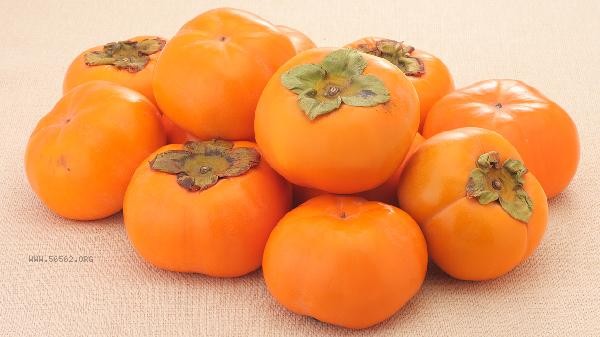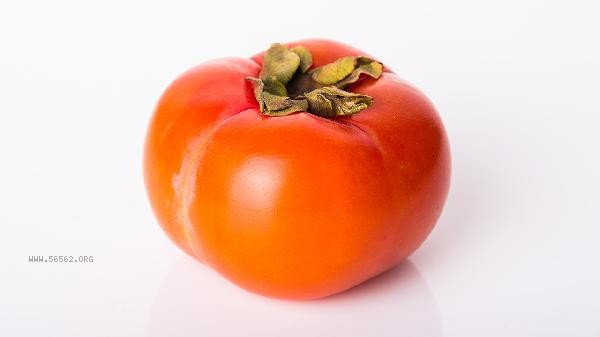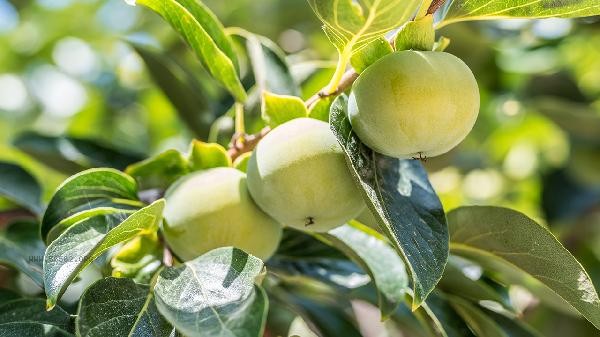Persimmon de astringency is mainly achieved by disrupting the structure of tannin cells or converting soluble tannins. Common methods include soaking in warm water, alcohol ripening, lime water treatment, mixed fruit ripening, and freezing de astringency.

1. Soaking in Warm Water
Soak immature persimmons in warm water at 40-50 ℃ for 12-24 hours, as high temperature promotes tannin polymerization and precipitation. This method is easy to operate and preserves the integrity of the fruit, making it suitable for small-scale processing at home. However, it should be noted that high water temperature can easily cause the flesh to soften.
2. Alcohol ripening
Spray the surface of persimmon fruit with 75% alcohol and seal it for storage. Alcohol vapor can accelerate the release of ethylene and complete the de astringency within 3-5 days. This method can maintain the hardness of the fruit and is suitable for commercial processing before transportation. It is necessary to avoid direct contact between alcohol and the flesh.
3. Lime water treatment
Soak persimmons in a 3-5% solution of quicklime for 2-3 days, where calcium ions combine with tannins to form insoluble substances. The traditional method thoroughly removes astringency and extends the shelf life, but requires repeated rinsing of residual alkali solution, which is not suitable for fresh food varieties.

4. Mixed fruit ripening
Seal persimmons with fruits such as apples and bananas that release a large amount of ethylene, and use natural ethylene to convert soluble tannins. Environmentally friendly and safe, but time-consuming, requiring 5-7 days to complete, suitable for people who are sensitive to chemical treatment.
5. Freeze de astringency
Freeze at 18 ℃ for 24 hours before thawing, and ice crystals destroy the structure of tannin cells. After processing, the persimmon has a soft texture and is suitable for making persimmon cakes. The fresh flavor may be affected and requires further processing steps.

The selection of astringency methods should consider the variety and use of persimmons. Crispy persimmons should be treated with alcohol or warm water to maintain hardness, while soft persimmons are suitable for lime water or freezing methods. After removing astringency, it should be stored in a cool and ventilated place to avoid secondary astringency. It is recommended to consume no more than 200 grams per day. People with weak gastrointestinal function should be cautious when consuming on an empty stomach. In the traditional de astringency process, it is necessary to ensure the cleanliness of the container, thoroughly remove residues during chemical treatment, and regularly inspect the mixed fruits to prevent mold growth during ripening.








Comments (0)
Leave a Comment
No comments yet
Be the first to share your thoughts!